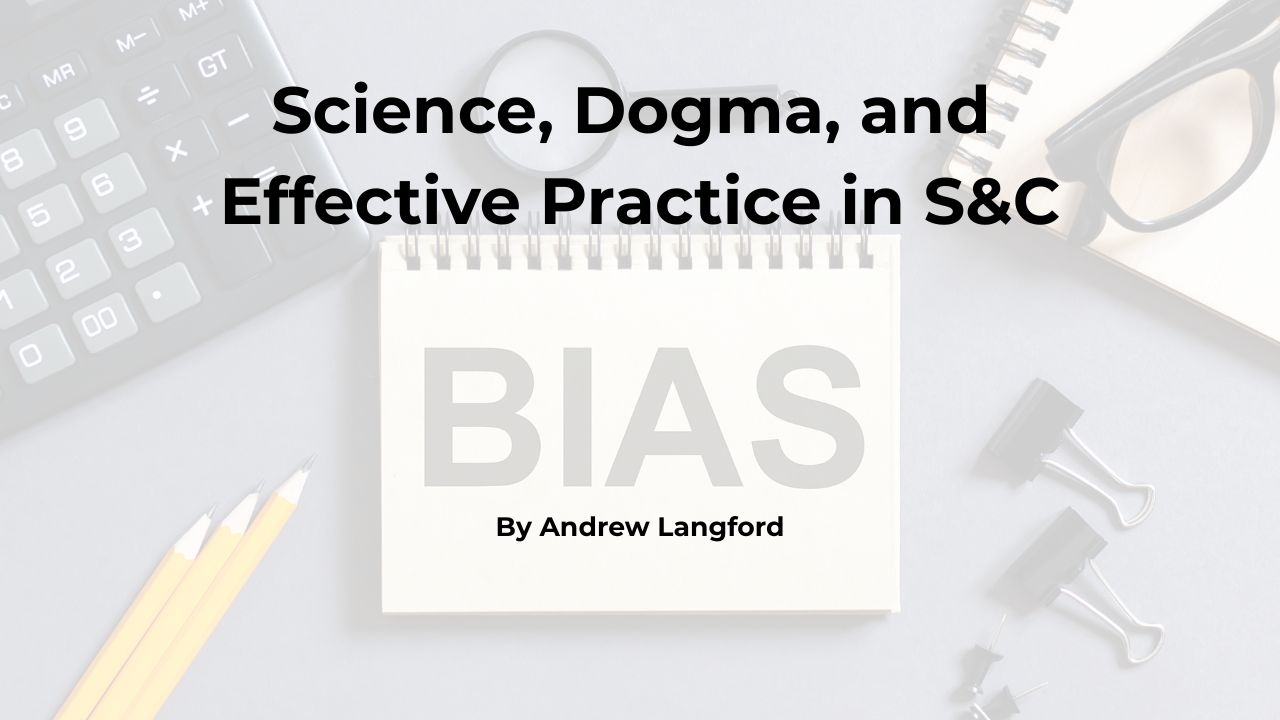[mashshare]

If there’s one nutrient that’s most strongly linked to athletic performance, it’s protein. There are so many myths, or bro-science, regarding protein requirements that it’s easy to be misled and confused. Further complicating the issue, supplement companies aggressively target athletes with marketing about the need for protein. In this article, I’ll look at what the research suggests is the best practice for athletes when it comes to protein intake and timing.
Protein Explained
Before we dig into the sports-specific research, I’ll quickly explain what protein is. There are three major macronutrients: carbohydrates and fat, which our bodies mainly use as fuel, and protein, which we primarily use for growth and repair (in certain situations it can also be used as a fuel). Each gram of protein provides about four kilocalories (kcal) of energy–the same as carbohydrates.
Proteins are long chains of amino acids joined together by peptide bonds. Some of these amino acids cannot be produced by the body, so we need to get them from our diet. These are called essential amino acids, of which there are nine. Six amino acids are termed conditionally essential; while the body can produce these from other nutrients, this ability can be significantly reduced during periods of stress. Finally, there are five amino acids which the body can produce itself; these are called dispensable amino acids.
| Type | Amino Acid |
| Essential Amino Acids | Phenylalanine, Valine, Threonine, Histidine, Lysine, Methionine, Tryptophan, Leucine, Isoleucine |
| Conditionally Essential Amino Acids | Proline, Glutamine, Glycine, Arginine, Cysteine, Tyrosine |
| Dispensable Amino Acids | Alanine, Serine, Asparagine, Aspartic Acid, Glutamic Acid |
Whenever we eat protein in whole forms, such as food and protein powder, we are consuming a mix of these amino acids. Within the essential amino acids, there is a sub-group called branched-chain amino acids (BCAA), which again are aggressively marketed by nutrition companies. These BCAAs are leucine, isoleucine, and valine, and they have important roles. Ideally, about 35% of our protein should be in the form of BCAAs. Fortunately, that’s the rough ratio of BCAAs found in most food products.
Protein has several roles in the human body, many of which are important to athletes, and is abundant in our bodies. There are structural proteins, such as those found in muscle and skin, and functional proteins, such as enzymes, growth factors, and parts of the immune system. When we exercise, we cause damage to our muscles. As our muscles are largely comprised of proteins, we need to repair and replace the damaged proteins; this can also lead to hypertrophy. Amino acids also play a role in a variety of different metabolic pathways, support immune function, and can be used as energy.
Protein Requirements for Athletes
It appears logical that athletes, who are engaged in a greater amount of exercise and will suffer from greater protein damage and turnover, will need more than a “normal” human. The typical recommendation for non-athletes is around 0.8g of protein per kilogram of bodyweight per day. Individuals who consume animal products regularly will likely get sufficient amounts through their diets.
How Much Protein Do Athletes Need?
But how much do athletes need? Several research papers have attempted to answer this question, and one of the key researchers in this field is Professor Stuart Phillips from McMaster University. In a paper from 2006, Phillips explained that many studies support the notion that athletes of all kinds have higher protein requirements than sedentary individuals.
In a 1992 paper, Lemon and colleagues reported that, in a group of twelve resistance training males, protein requirements were 1.6-1.7g per kilogram of body weight per day–double the recommended daily allowance (RDA). There appeared to be no benefit regarding muscle strength or size with higher protein intake (the researchers tested 2.6g/kg/BW). These results were mirrored by Tarnopolsky and colleagues in another 1992 paper finding that 1.76g/kg/BW of protein per day was optimal for strength-trained athletes.
It’s not just strength and power athletes who require increased protein, however, with research suggesting that amounts above the RDA are also important for endurance athletes. Increased protein intake by athletes also supports immune function and guards against overtraining. Clearly, it’s important for performance athletes to have higher intakes of protein than the RDA.
Protein Requirements for Weight and Fat Loss
From time to time, athletes are also interested in losing weight and fat. In non-weight category sports, athletes usually want to decrease fat mass while maintaining or gaining muscle mass to improve the crucial power to weight ratio. It’s important to note that the optimal amount of body fat is highly individual, depending on a person’s unique makeup and sporting demands.
In sprinting, for example, during the general preparation period, athletes need to consume sufficient calories to support training adaptations. However, before the competition periods, sprinters typically aim to “lean out,” and lose a bit of fat while maintaining muscle strength and power. In weight category sports, athletes tend to live day to day at weights well above their category and then cut their weight before a competition. Again, maintaining lean body mass is important; if an Olympic weightlifter loses strength before competition, they likely won’t perform their best. Higher than normal protein intakes give them an advantage.
Several studies of non-athletes suggest that higher protein intake helps with fat loss by increasing thermogenesis as protein requires greater energy to metabolize than required by fats and carbohydrates. Protein also improves diet adherence by increasing satiety, keeping you feeling full longer.
While restricting calories, increased protein helps athletes keep their hard won muscle mass. Share on XDuring periods of caloric restriction, increased protein intakes appear to successfully maintain lean mass levels, allowing athletes to keep their hard won muscle mass. A 2004 paper, authored by Stuart Phillips published in Sports Medicine, suggested that athletes undertaking a calorie restricted diet may need to consume as high as 3g/kg/BW per day to offset the loss of lean body mass.
Can Athletes Consume Too Much Protein?
Is there such a thing as too much protein? We often hear too much protein can damage the kidneys, but research indicates that protein intakes of up to 2.8g/kg/BW per day are safe for healthy individuals with no previous history of kidney issues. Higher amounts may also be safe, but it isn’t clear due to a lack of data. In an 80kg athlete, this would equal close to 900 calories of protein (224g of protein), the equivalent to 800g of chicken breast.
When Athletes Should Consume Protein
We’ve established that protein is important for athletes and that they almost certainly need intakes higher than recommended for the general population. The next question is: when should athletes consume their protein? Research indicates the BCAAs, especially leucine, activate a number of key enzymes involved in muscle hypertrophy and repair. Based on this, it seems obvious that we want to consume at least some protein around the time of our training session to allow this activation to occur.
After resistance training, combining protein and carbohydrates increases muscle protein synthesis when compared to carbohydrate intake alone. We can enhance this increase by adding leucine to the protein-carbohydrate drink. However, it’s worth pointing out that the subjects in the research study were in the fasted state–they hadn’t eaten since the previous evening. This is a common practice in research because it removes the effect of a pre-training meal; individuals might consume different foods which might alter what the researchers are measuring. This is a great example of how science doesn’t always carry over to practice, unless you’re performing resistance training in a fasted state.
Consuming protein before training may be more important than after training. Share on XIn fact, some research suggests that consuming protein before training is more important than post-training. Again, this is logical, given that it takes time for the protein to digest and be transported to the muscles. Based on these findings, it’s sensible to suggest that athletes consume protein both before and after training.
Placing this into a real world context, if you have a meal before training, ensure it contains protein. After training, have another meal with protein or a protein supplement (possibly with added leucine). It appears that 20g of protein post-training is the minimal amount. In a really good review on whether or not the post-training anabolic window exists, the authors suggested that protein intakes of 20-40g both before (one to two hours pre-) and after training were optimal for building muscle.
There’s considerable scientific debate about how often athletes should consume protein. There is evidence that the “muscle full” effect exists, where protein intake above a certain level does not further enhance muscle protein synthesis. For example, this study found that 20g was sufficient to maximally stimulate muscle protein synthesis, and any intake above this amount led to an increase in amino acid oxidation for energy. An earlier study had similar findings, stating the optimal protein intake was 20g every three hours while greater intakes potentially reduced muscle protein synthesis.
Ingesting more than the optimal amount of protein may reduce muscle protein synthesis. Share on XWe can conclude that we want fairly regular intakes of protein spread throughout the day, as opposed to one large serving. For an individual training in the morning, this could mean having protein at breakfast (this is the meal with typically the lowest protein intake), followed by a post-training protein shake. The athlete should have protein at lunch and dinner and possibly an additional protein snack between lunch and dinner or before bed, depending upon meal times. Three to four hours between protein intakes is considered “ideal.”
Protein Sources for Athletes
We can find abundant protein in our diets, provided we eat the correct foods. Animal products, especially meat, typically have the highest protein. And these proteins are complete proteins, containing all the essential amino acids. Protein shakes, which often consist of whey or casein, and amino acid supplements are also protein sources. These have the advantage of being convenient but are typically devoid of other nutrients. One way around this is to use protein powders in a smoothie. I tend to mix mine with frozen berries, spinach, and almond or coconut milk for additional nutrients.
For vegans, protein sources can be harder to come by, and vegan proteins are often incomplete proteins. Vegan athletes must combine numerous protein sources to ensure they meet their protein needs. This isn’t to say that vegans can get sufficient protein, just that it may require additional planning.
Conclusion
We’ve seen that the RDA for protein is insufficient for athletes in all sports. Intakes of about 1.5g/kg/BW are likely optimal for endurance training athletes, with slightly higher amounts–1.7g/kg/BW–ideal for resistance training athletes.
Higher protein intakes may be ideal at certain times, for example during a low-calorie diet. Eating protein throughout the day, including pre- and post-training, is better than a single large protein intake. As such, at least 20g of protein should be present at all meals three to five times a day, ideally with three to four hours between each meal. Finally, these amounts of protein are safe for healthy athletes, contrary to popular myths.
Since you’re here…
…we have a small favor to ask. More people are reading SimpliFaster than ever, and each week we bring you compelling content from coaches, sport scientists, and physiotherapists who are devoted to building better athletes. Please take a moment to share the articles on social media, engage the authors with questions and comments below, and link to articles when appropriate if you have a blog or participate on forums of related topics. — SF
[mashshare]





